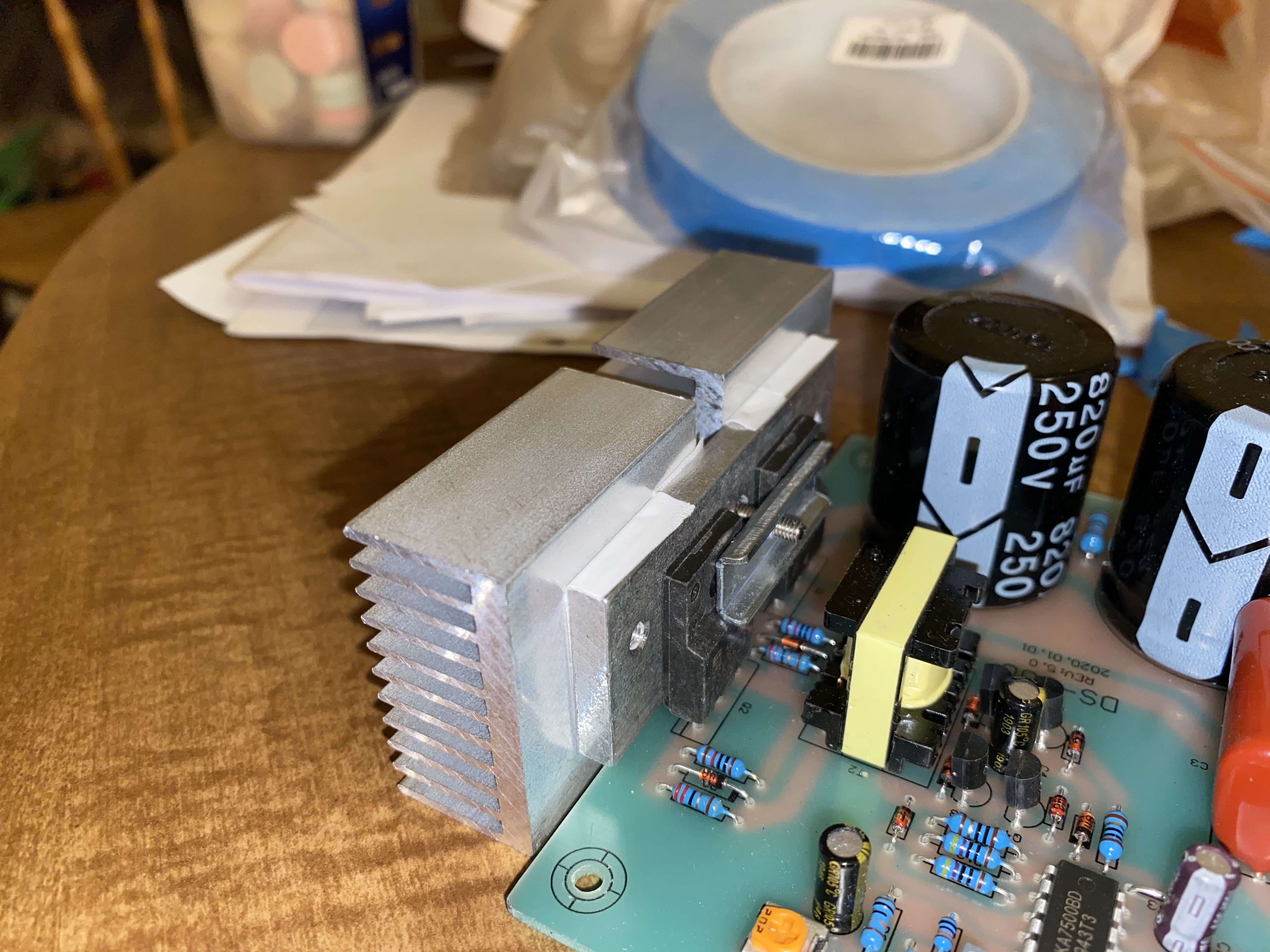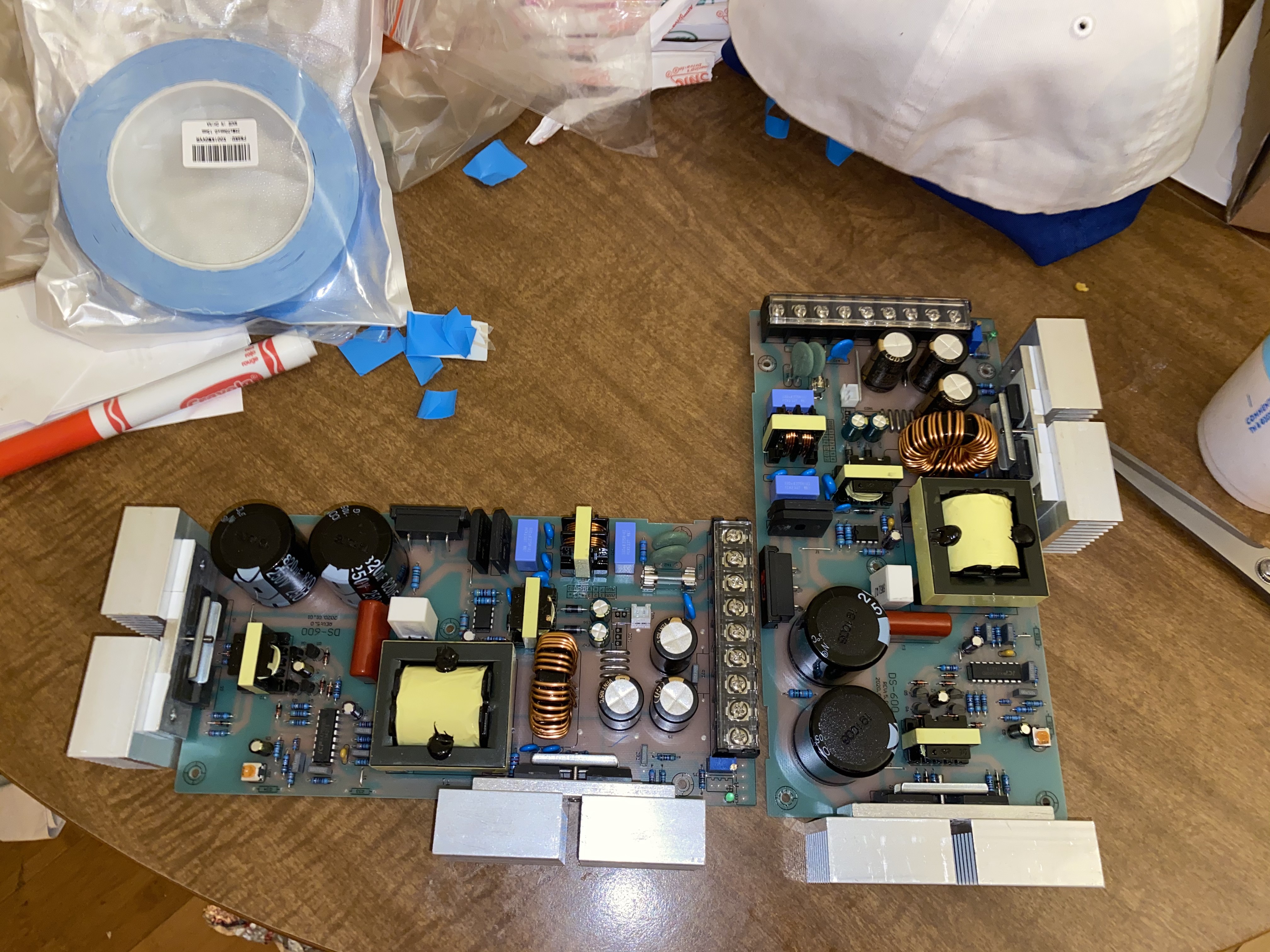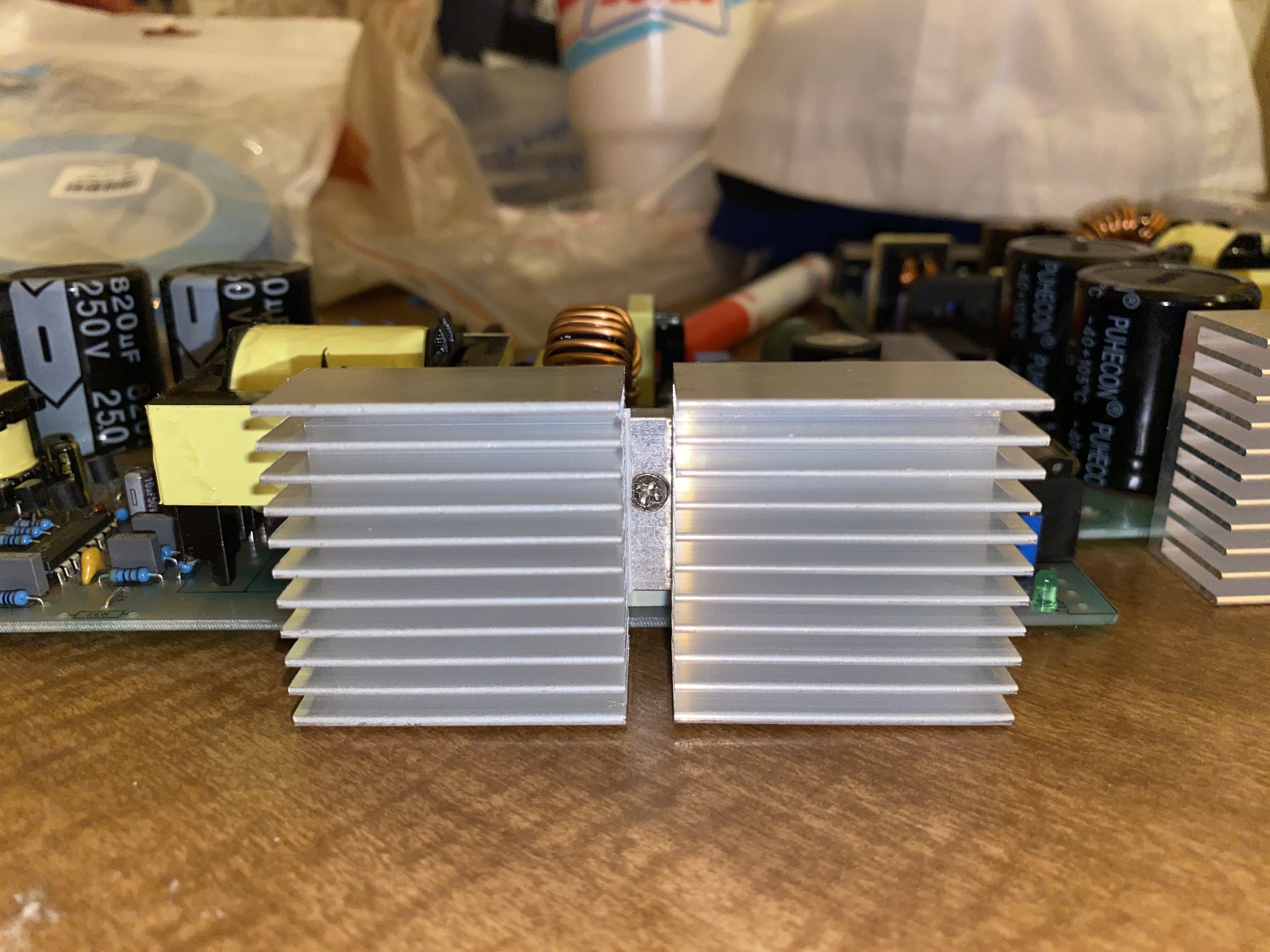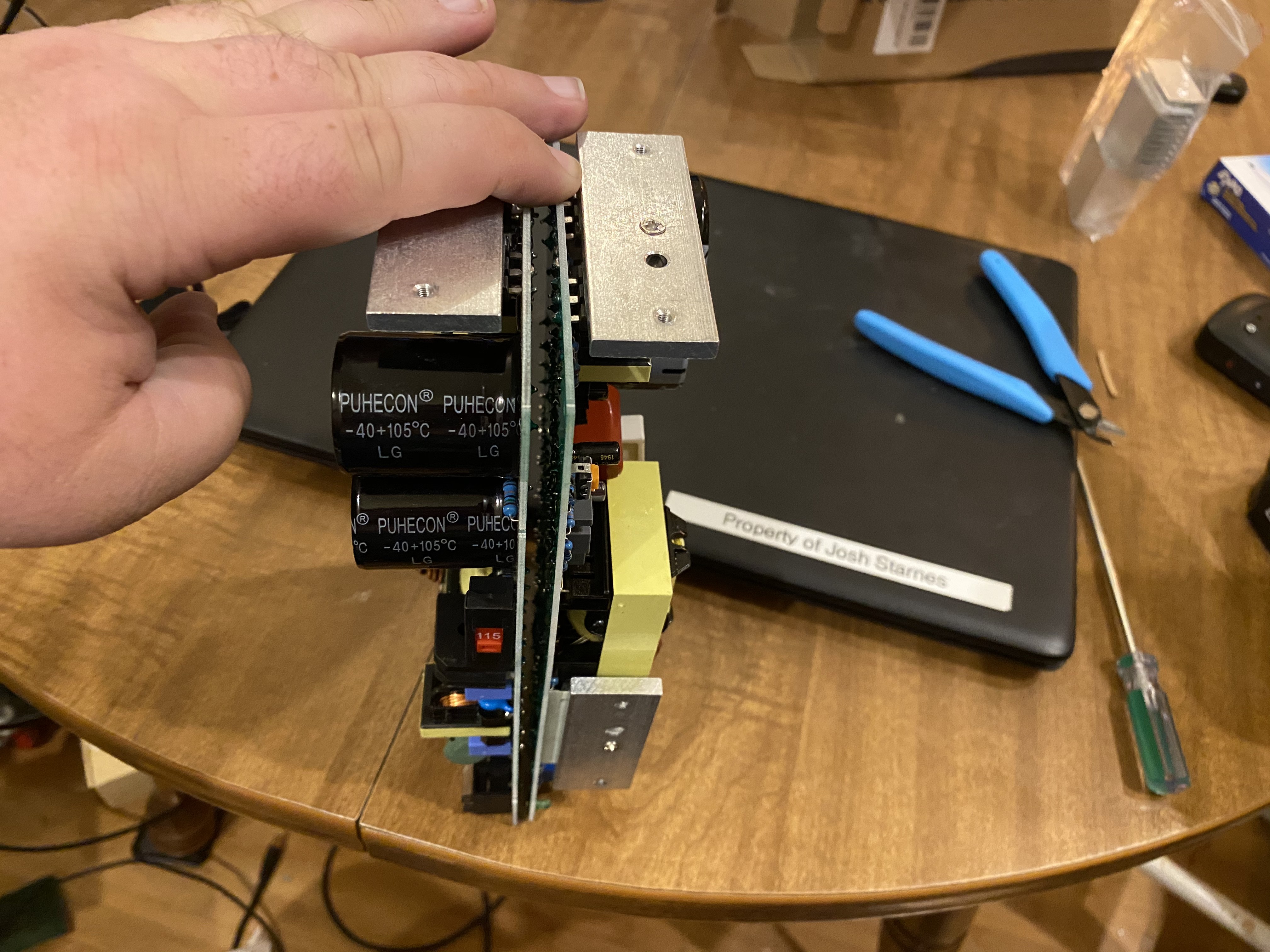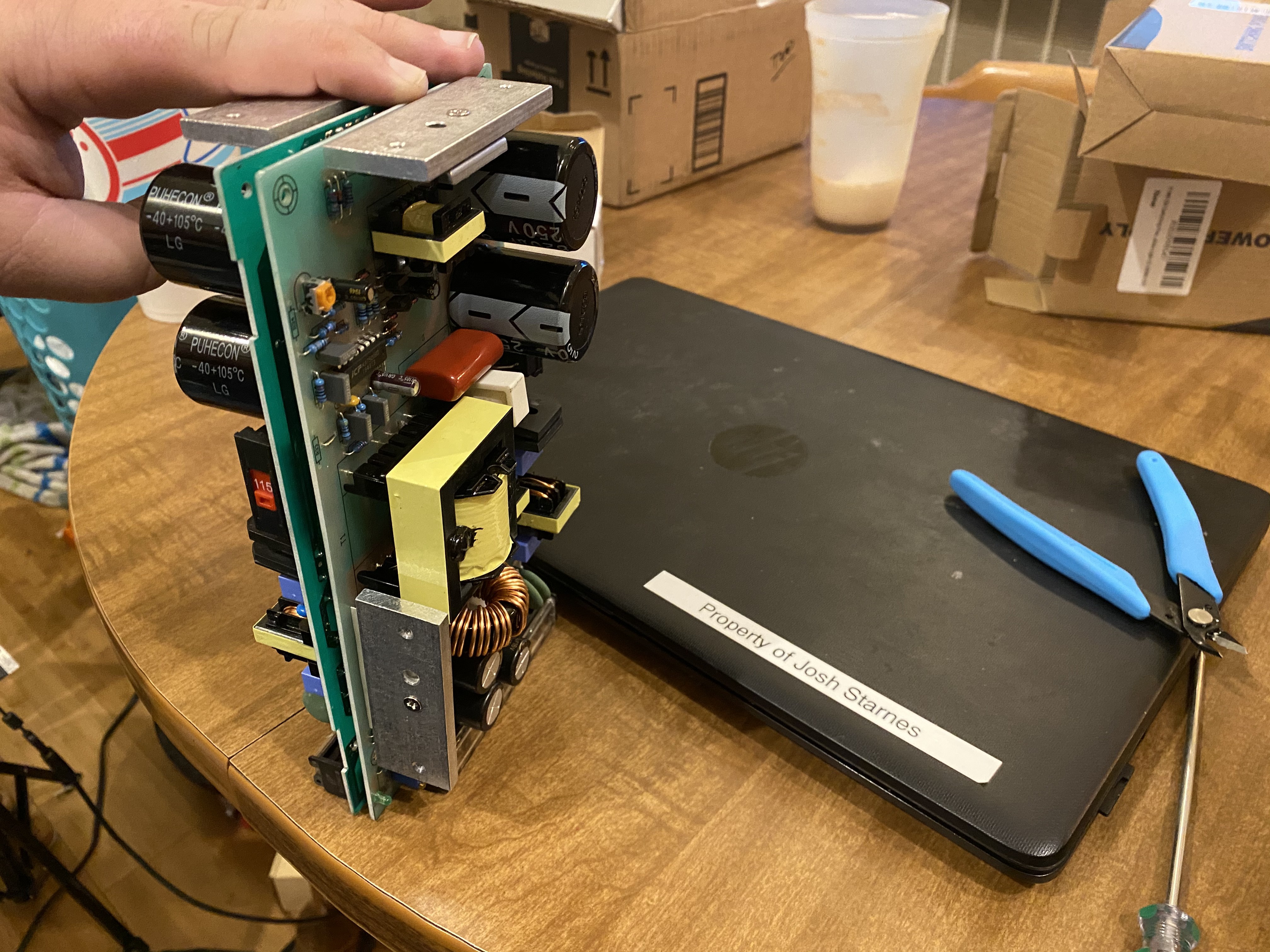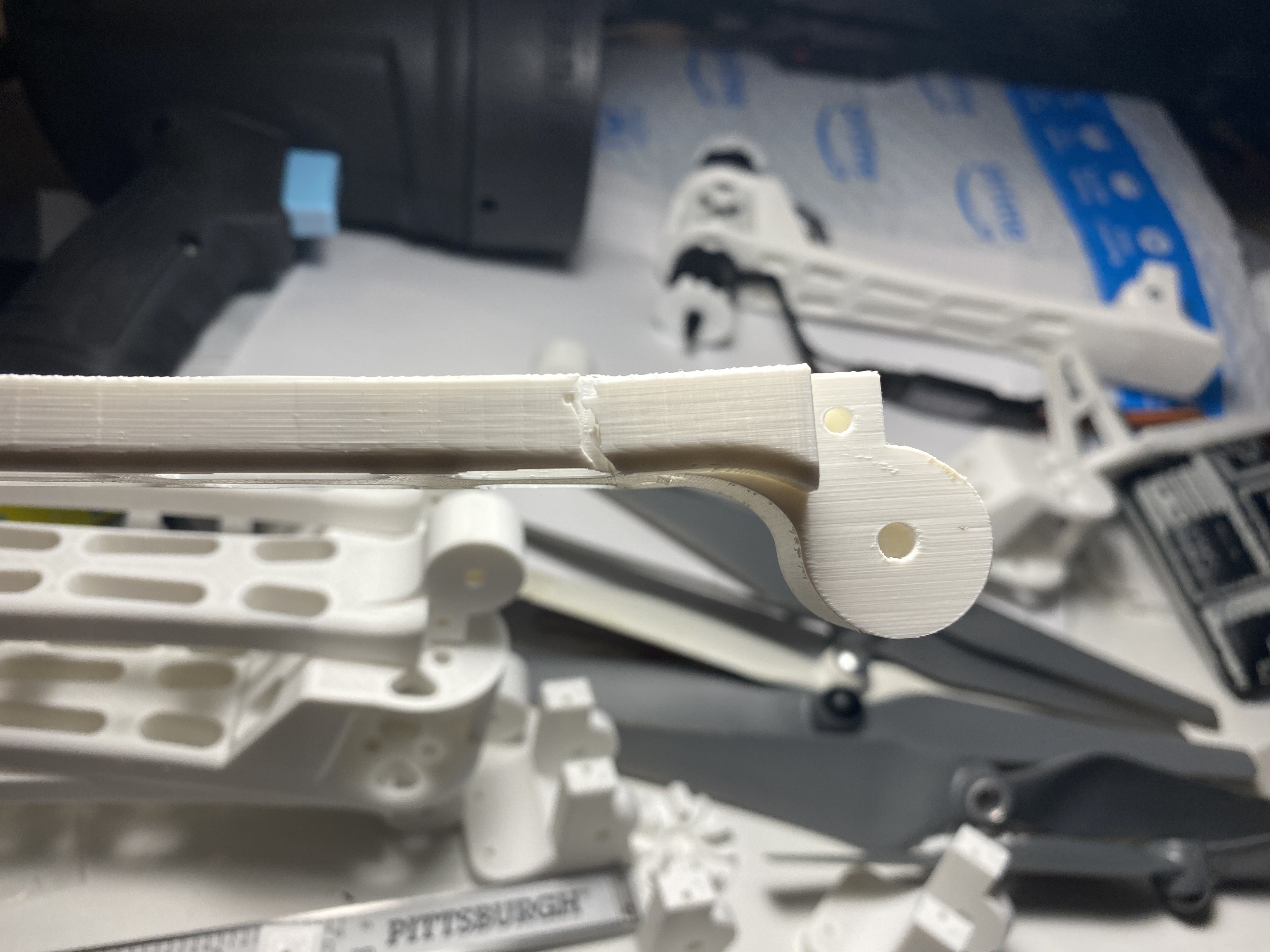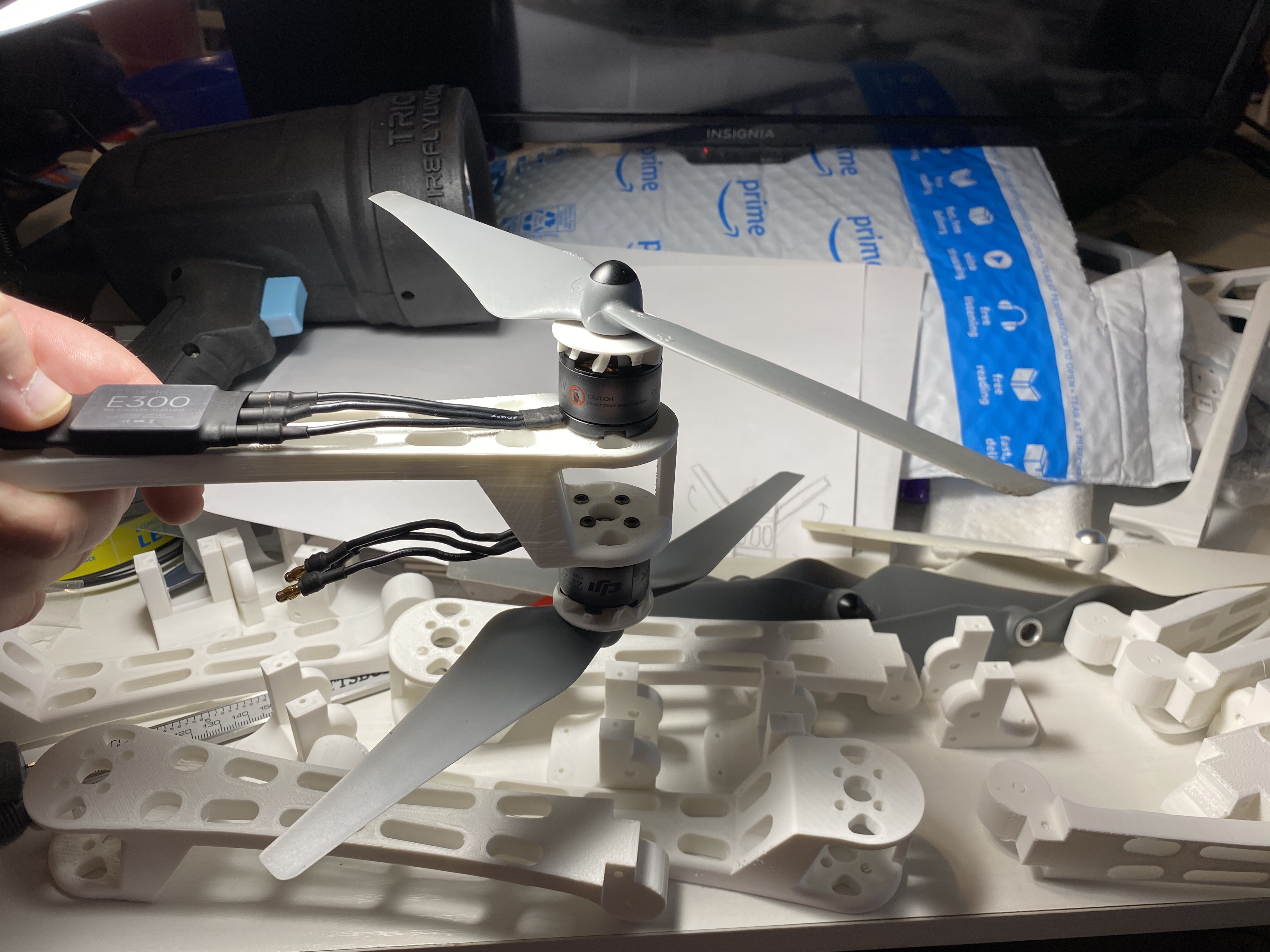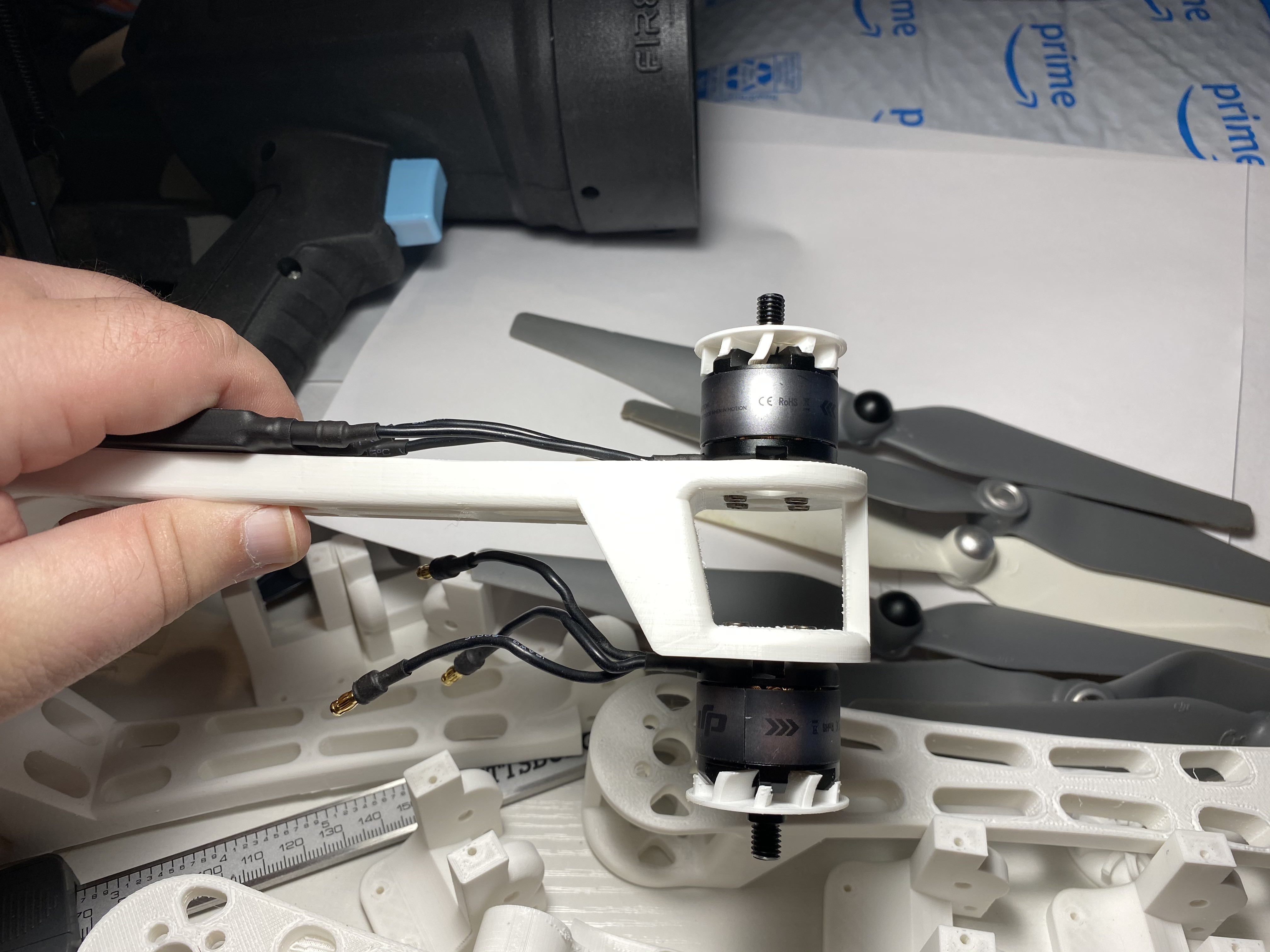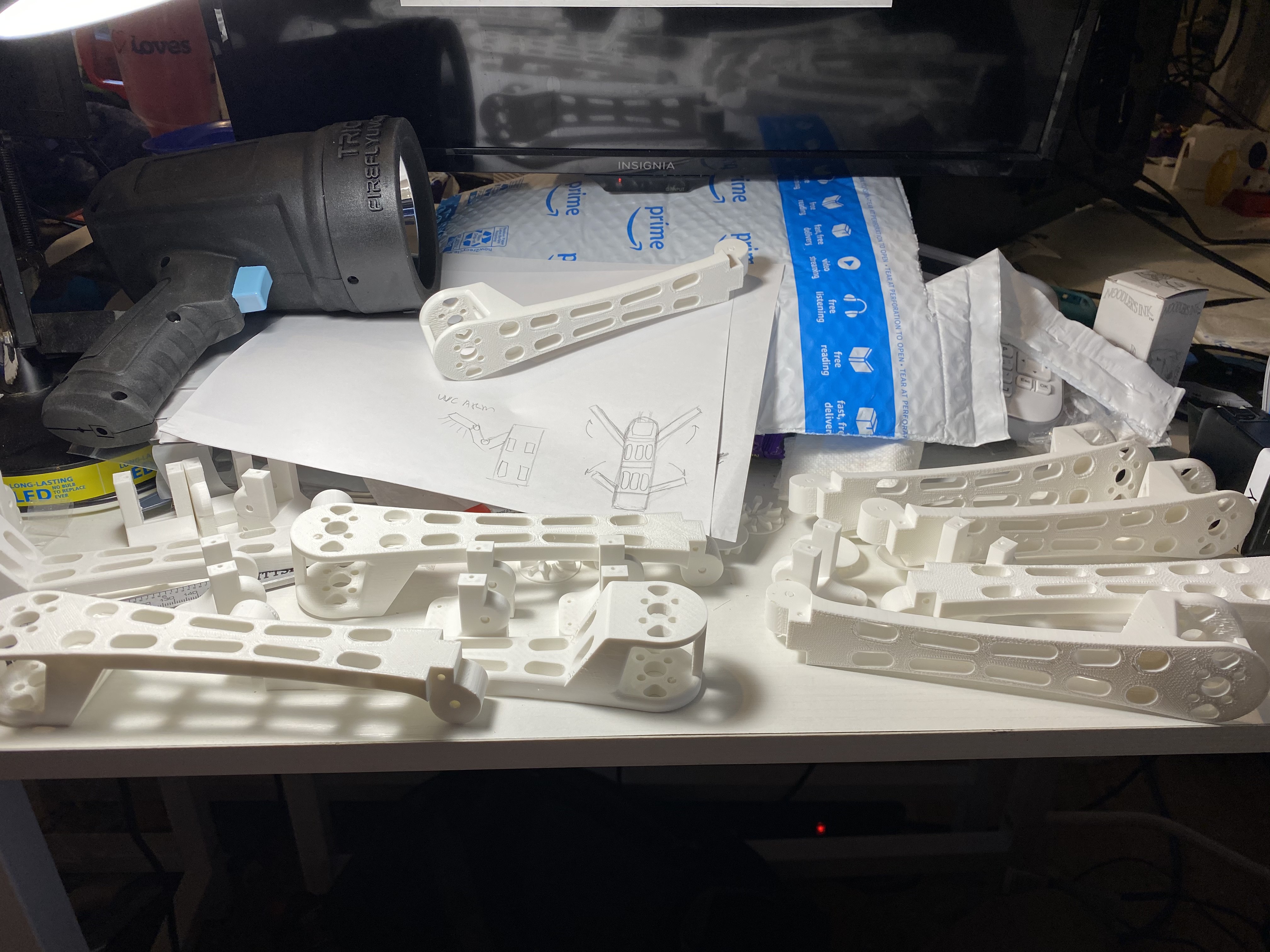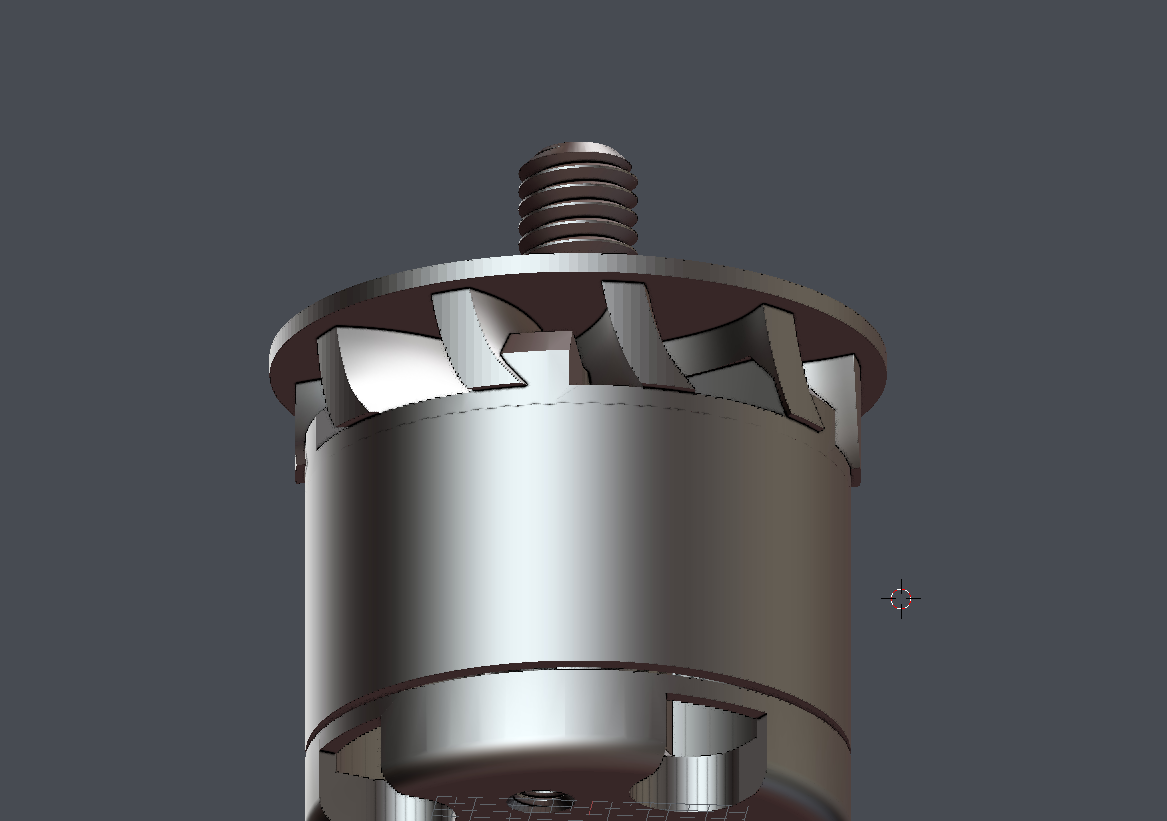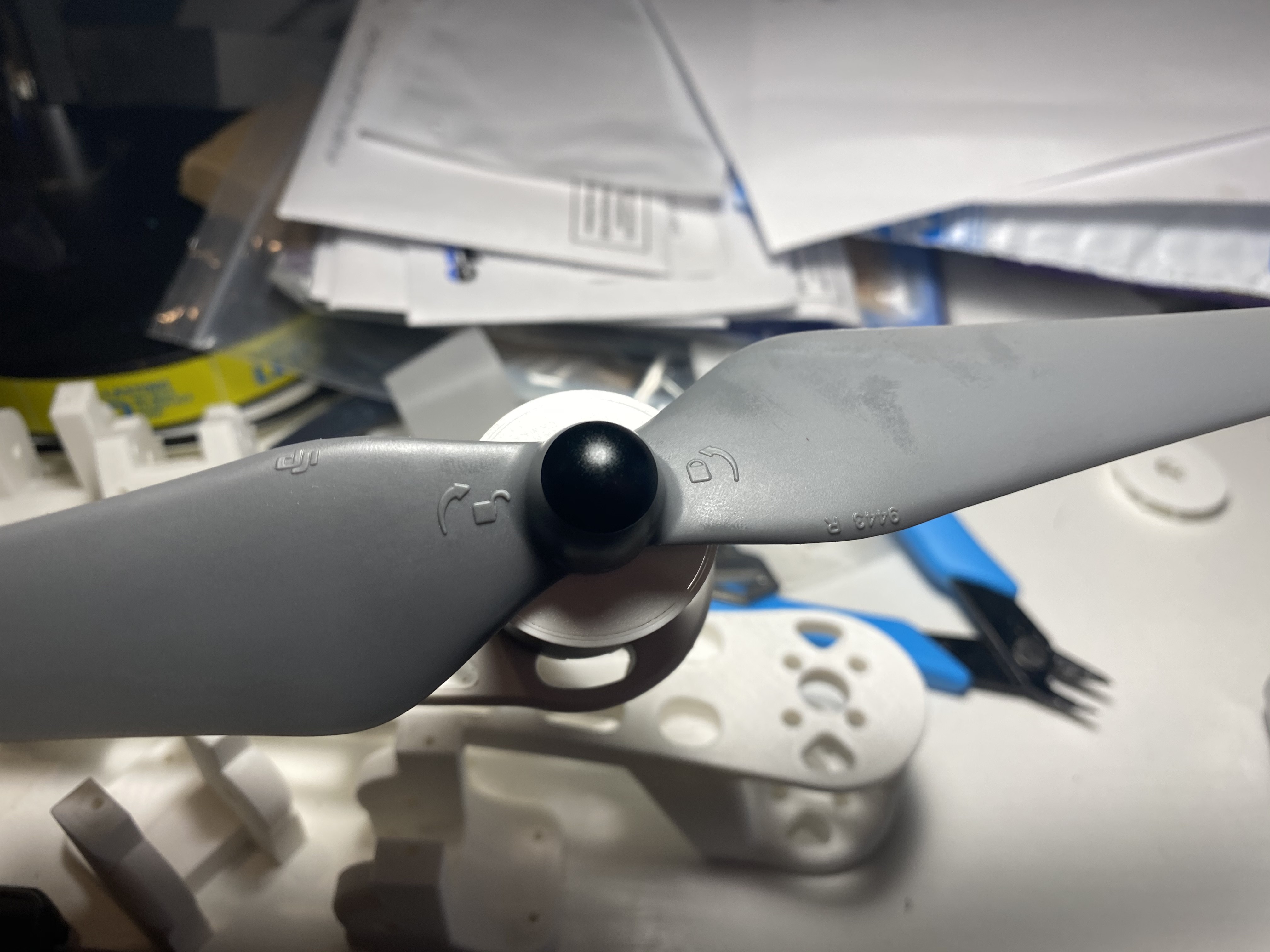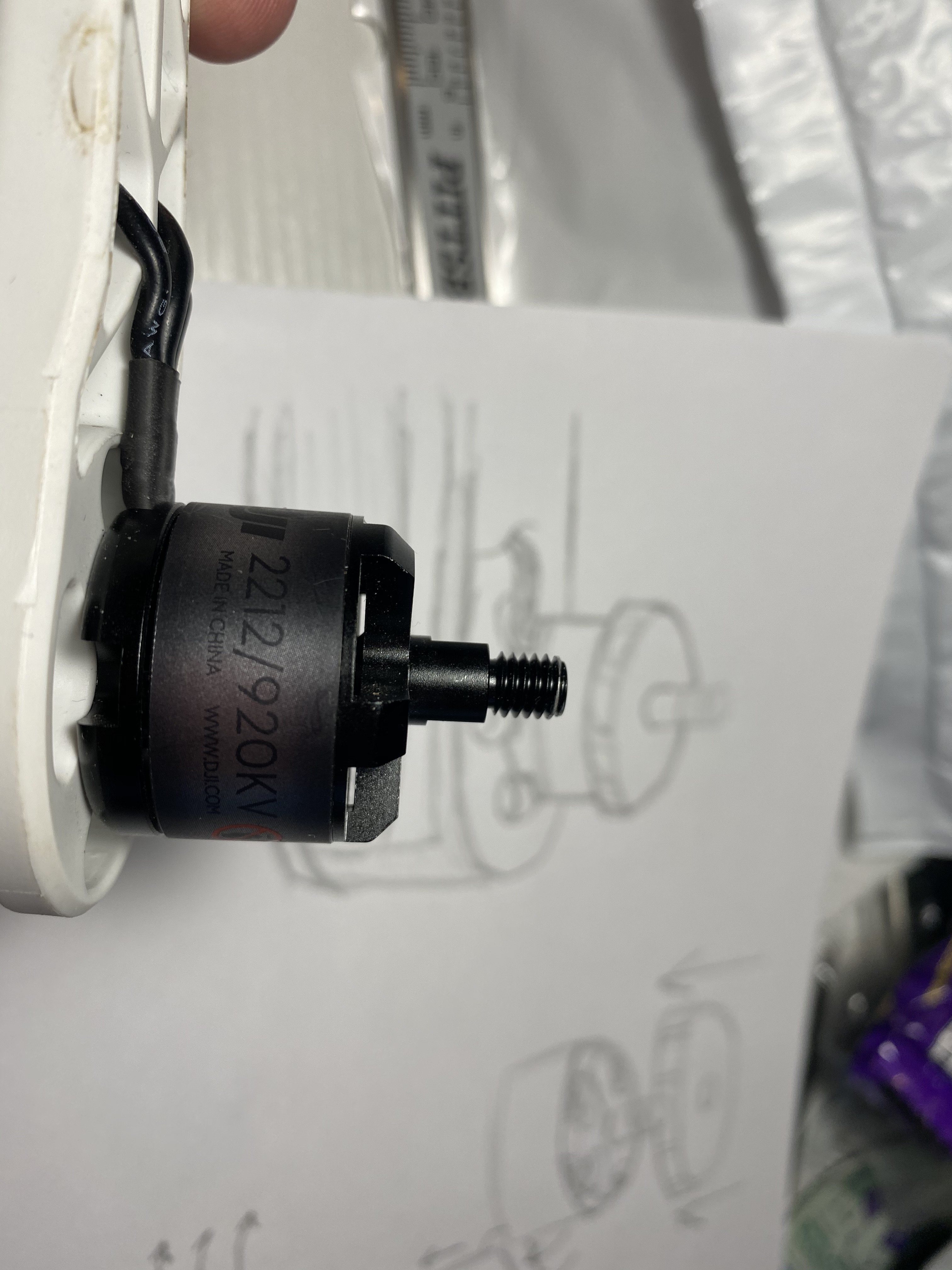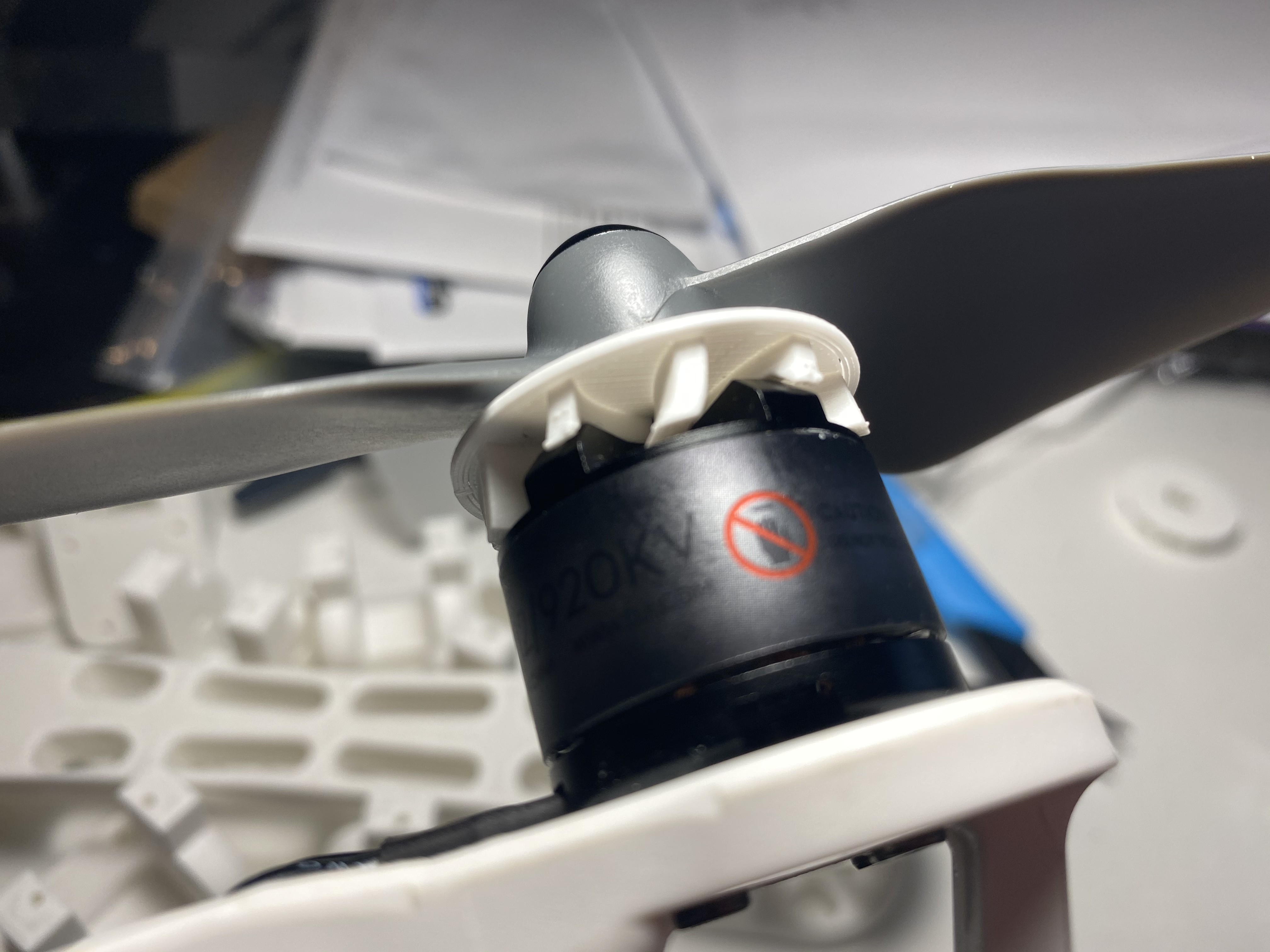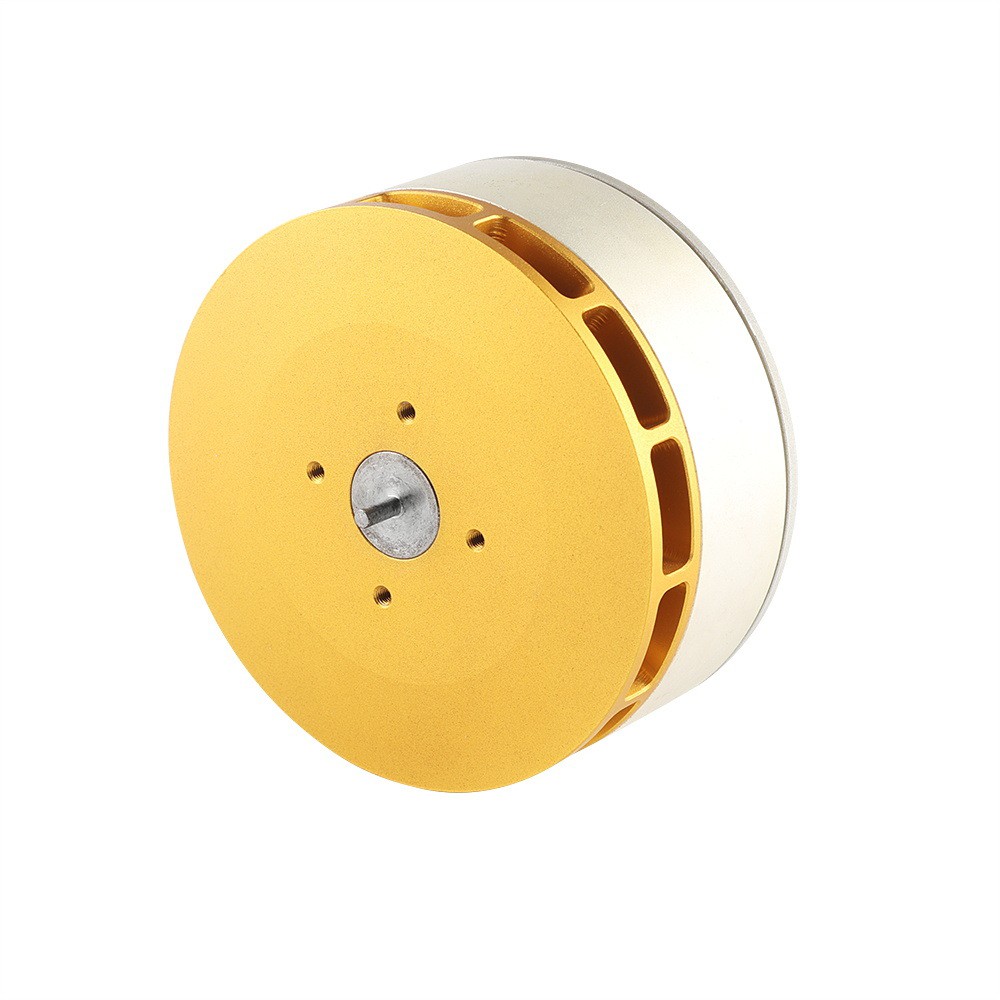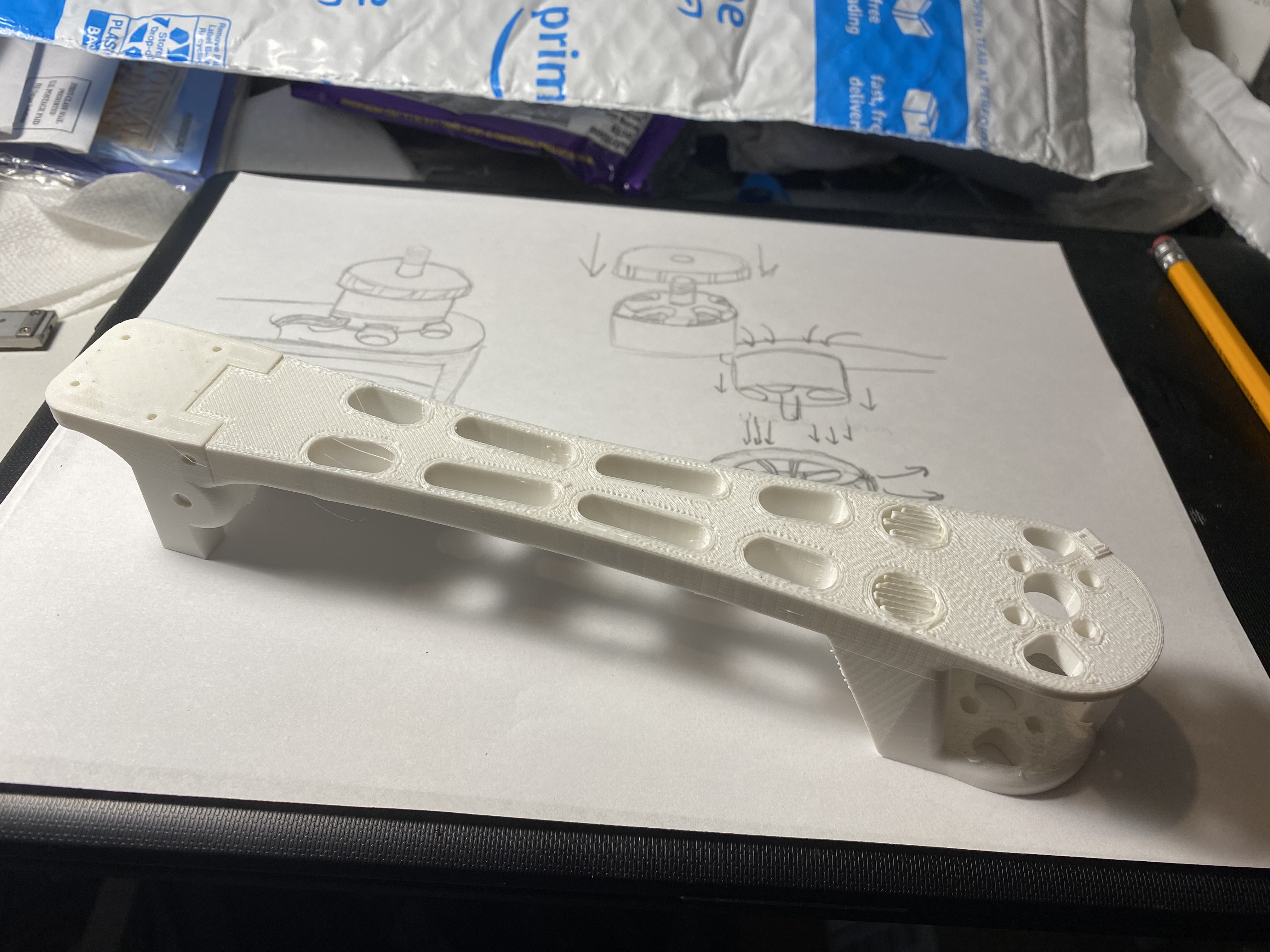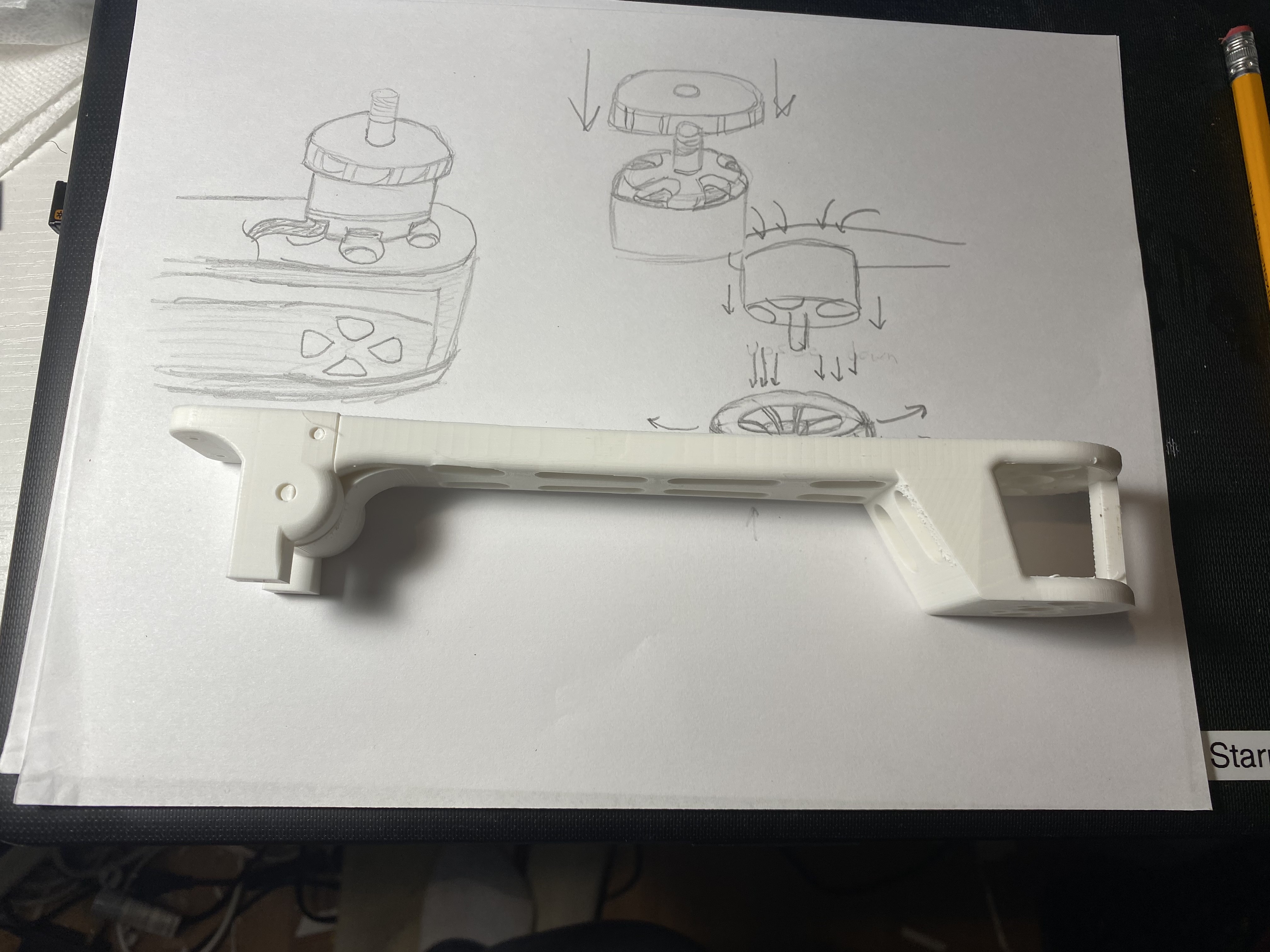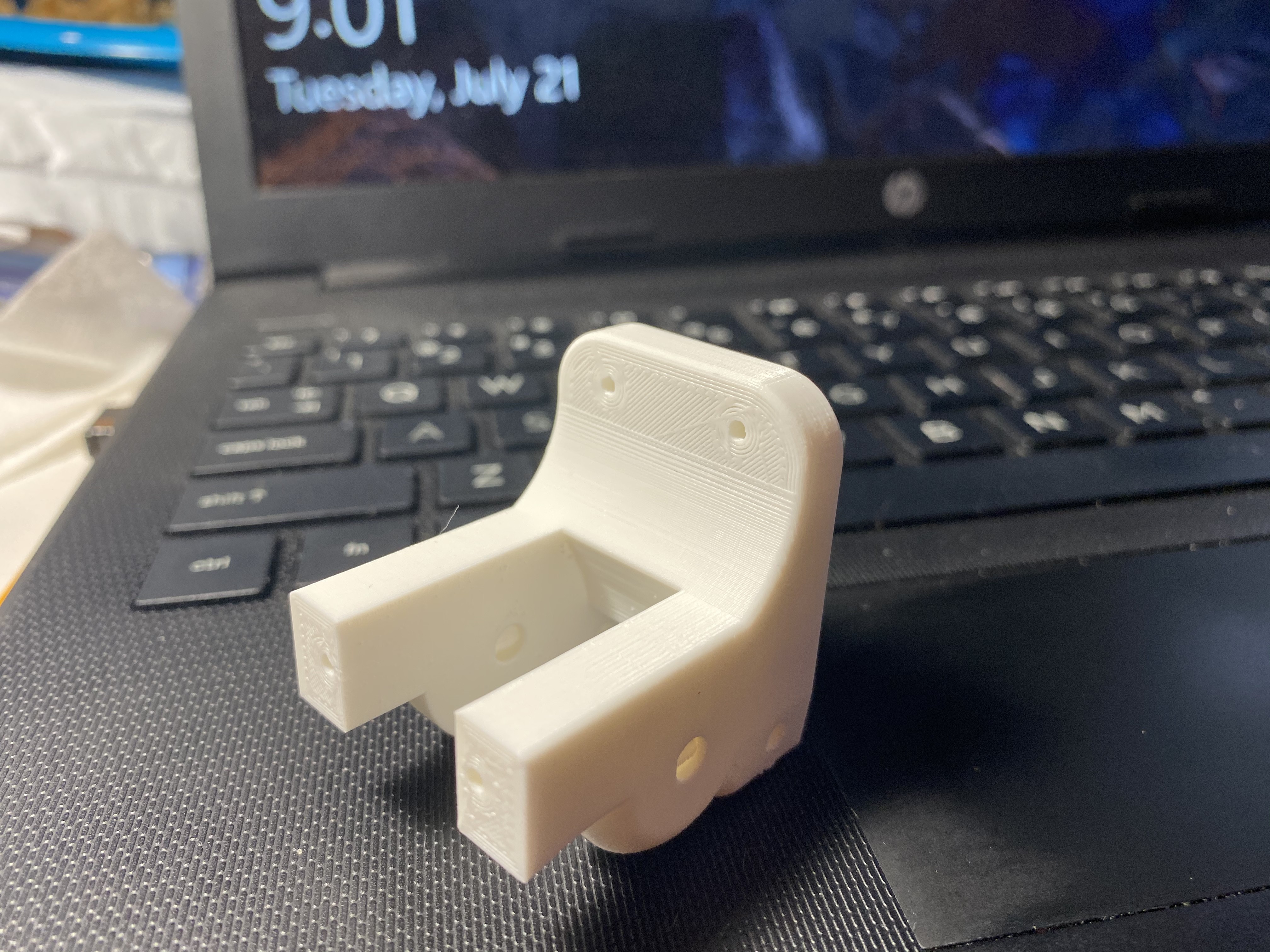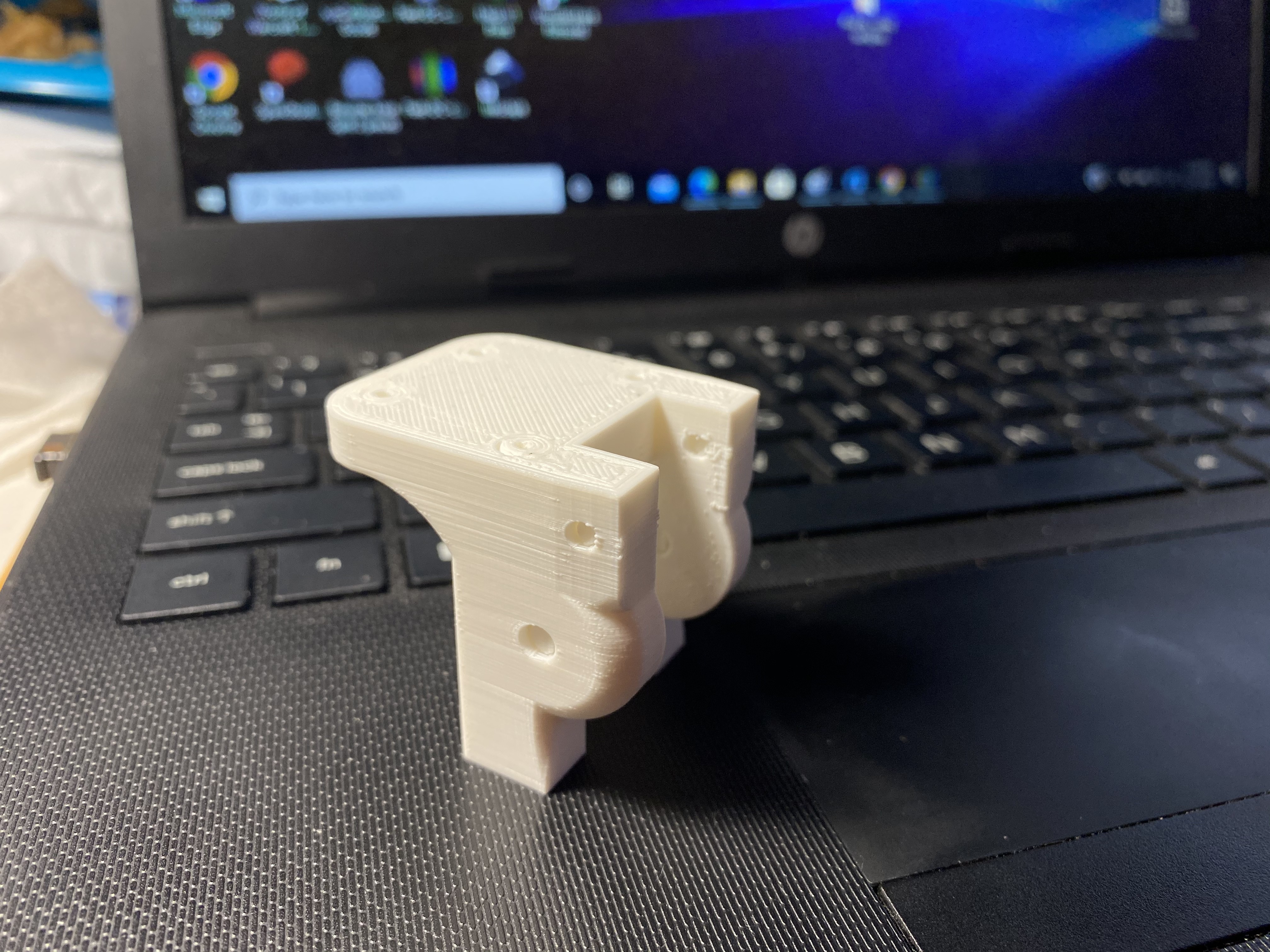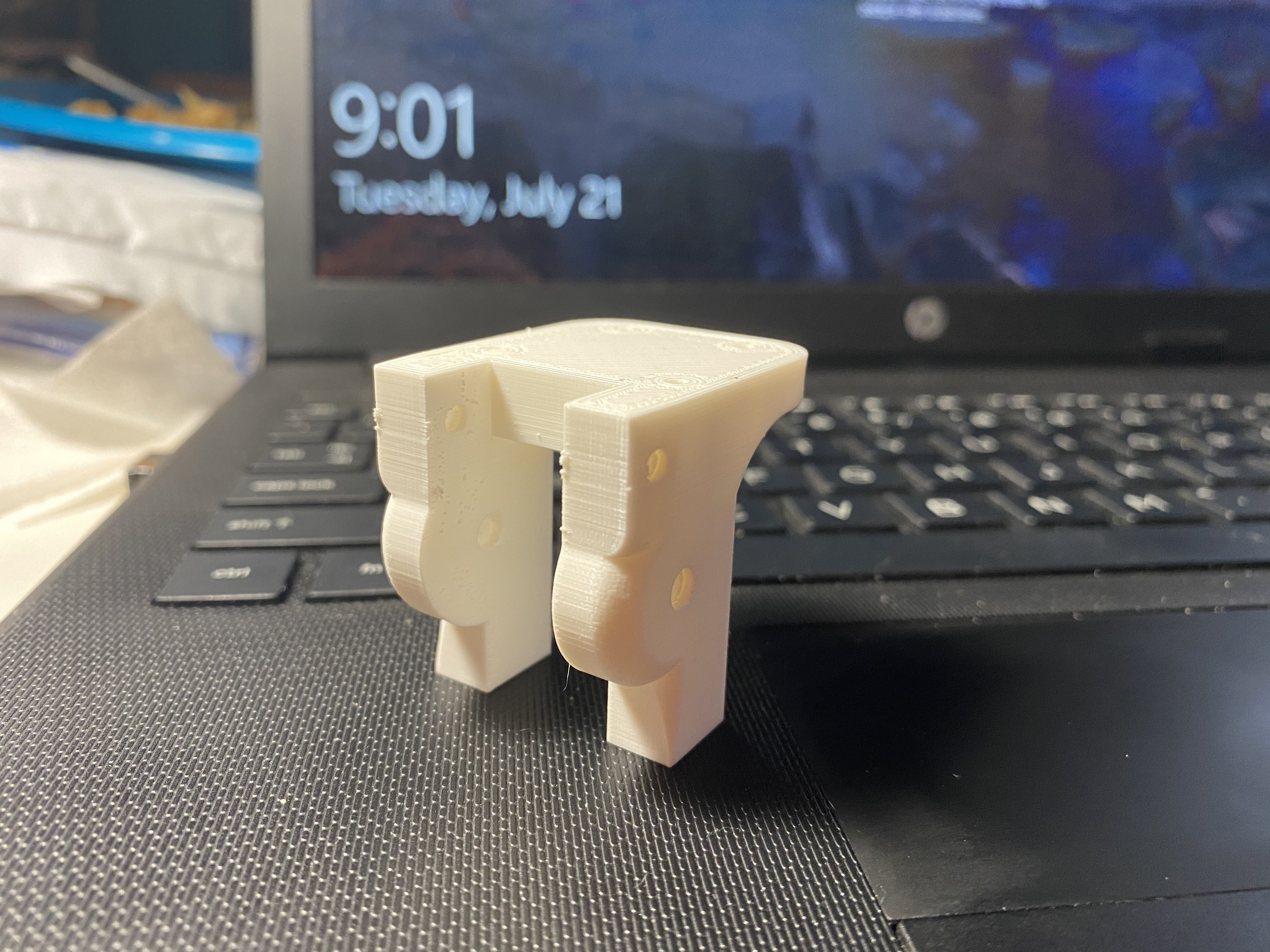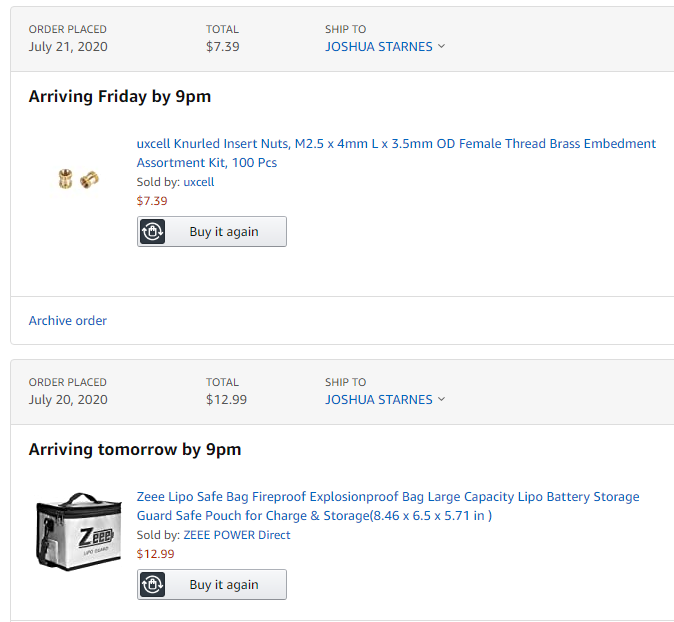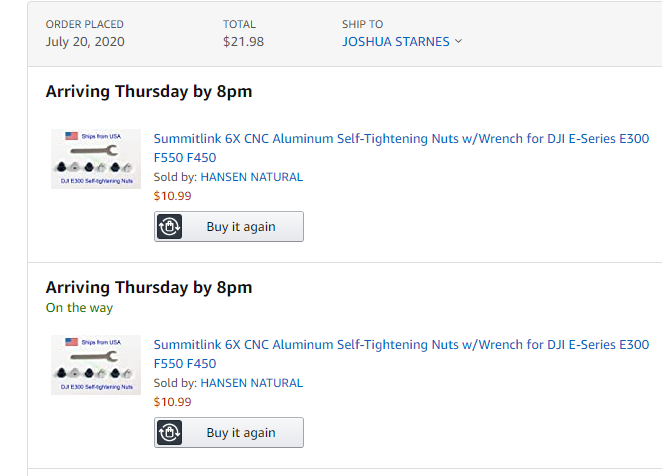-
1st step prepping power supplies
08/02/2020 at 03:53 • 0 comments![]()
![]()
![]()
![]()
They he first steps in prepping the power supply boards after the case has been removed. A more open design means more airflow as well as adding more active cooling. The specs say the board is rated for 500 watts ,but the specs on the board indicate 600 watts. Usually to get the most out of a power supply you need a good cooling solution. Three things allow this, a heat sink, open airflow and forced air movement on the heat sink and board. Given this is mounted under a drones 12 props air movement is in abundance. We really do not need a fan dedicated to each heat sink. I may reorient the heat sinks so that the canes are vertical, but I am guessing this will make little difference given how turbulent the air will be moving.
-
Two 500 watt power supplies
07/30/2020 at 03:48 • 0 comments![]()
![]()
here are the two power supplies with the aluminum casings removed to reduce the weight.
-
Destructive testing
07/27/2020 at 06:15 • 0 commentsOk so I have been testing out the dual motor design to find the points of failure. I use 8 pounds pulling from the end until the arm snapped about a inch from the end. Inspecting it further I can see this is for two reasons. One , because it is the greatest point of stress from a leverage position. Second, the plastic is also the thinnest here out of the entire arm design, which leads me to think I might need a bit of design modification to strengthen this area. I could do this by moving the vents a couple of mm away from the edges to thicken the side walls. Also I may add a side edge lip along the bottom.
![]()
![]()
-
Motors mounted x config
07/27/2020 at 01:21 • 0 comments![]()
![]()
-
Lots of prints
07/27/2020 at 01:19 • 0 comments![]()
I have several of the arms and joints printed with 4 shells and 15 percent infill. I printed extra in case of defects from 3D printing or just accents like a minor crash.
-
Cooling turbine for motors
07/23/2020 at 03:41 • 0 commentsThere are two versions of this, one CW and other CCW
![]()
![]()
![]()
![]()
![]()
-
Long Endurance Cooling Options
07/23/2020 at 00:25 • 0 commentsOne issue we must address is endurance running on these motors. Many pilots recommend resting between every few flights for cooling. This may just be superstitious for those who know they are pushing the limits of their motors with heavy weight or higher voltages to the motors like a 4S 14.8V battery instead of a 3S 11.1 that they are engineered for. Splitting the load between 6 or even 12 motors reduces individual motor load and heat. In addition DJI and other companies have added cooling solutions, on the new generation motors, that pull air from the bottom up through the motor. Some also have small heat sinks on the base plate. That being said I will try out both approaches. First being a 3D printed centrifugal fan that slides onto the shaft under the prop, this will need to be balanced just like a prop. Second is cutting down a 40mm x 40mm aluminum heat sink into a round shape to act as a base plate under the base of the motor. This will further draw heat away from the core magnet wire winding. This is where nearly all the heat is generated in the motor. The base powder coat will be removed and heat transfer paste applied. I will bench test both of these on 50 percent, 75 percent and 100 percent throttle for 10 minutes to see if we have heat soak differences with and without the cooling solutions.
![]()
![]()
![]()
-
The first full arm printed
07/23/2020 at 00:11 • 0 comments![]()
![]()
-
First Fold Down Arm Joint Print
07/22/2020 at 03:19 • 0 comments![]()
![]()
![]()
![]()
-
Second Amazon Order for Parts
07/22/2020 at 03:16 • 0 commentsHere is the list of parts I ordered this time around to get to the point I can have a functional aircraft to work with. All will probably be here Thursday or Friday. This is the last two weeks of the school semester so I may have to wait to assemble for a few days, but at least I will have the parts all in one place. I will likely buy smaller batteries and a better charger where I can control the level of charge they get. Ideally I need the voltage of the power supply and batteries to be the same if not the batteries slightly lower so that the draw only comes from them in the event the power supply limits are exceeded or a sudden burst of current is required for some reason. This is similar to how an alternator powers a car at all times and the battery just stays charged in the loop until it is needed. I will need a way to tell in telemetry whenever the battery power is being used versus the onboard power supply.
![]()
![]()
![]()
Open Sky Anchor WiFi Drone Brings The GIG
Mission "Wifi" Impossible > Bring Long Range 5G and 2.4 G WiFi Backed By A 1 Gigabit Fiber To The East Brainerd EF-3 Tornado Disaster area.
 Josh Starnes
Josh Starnes
